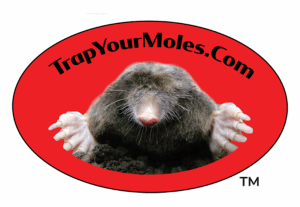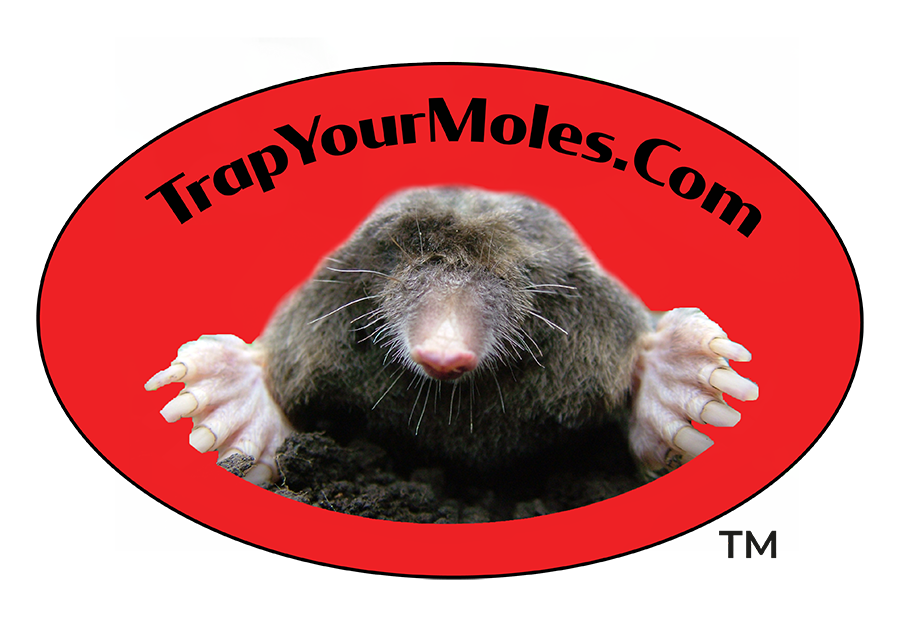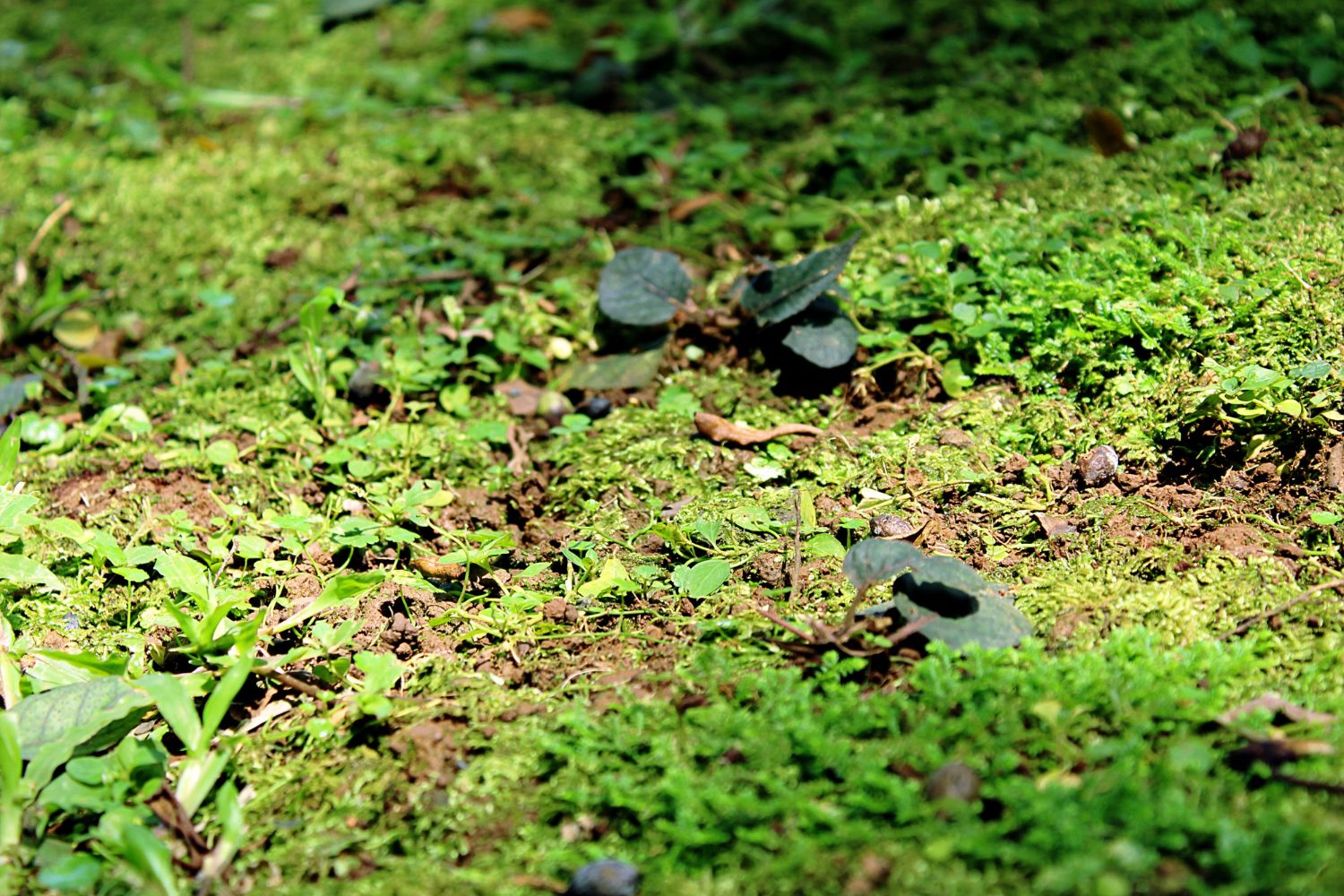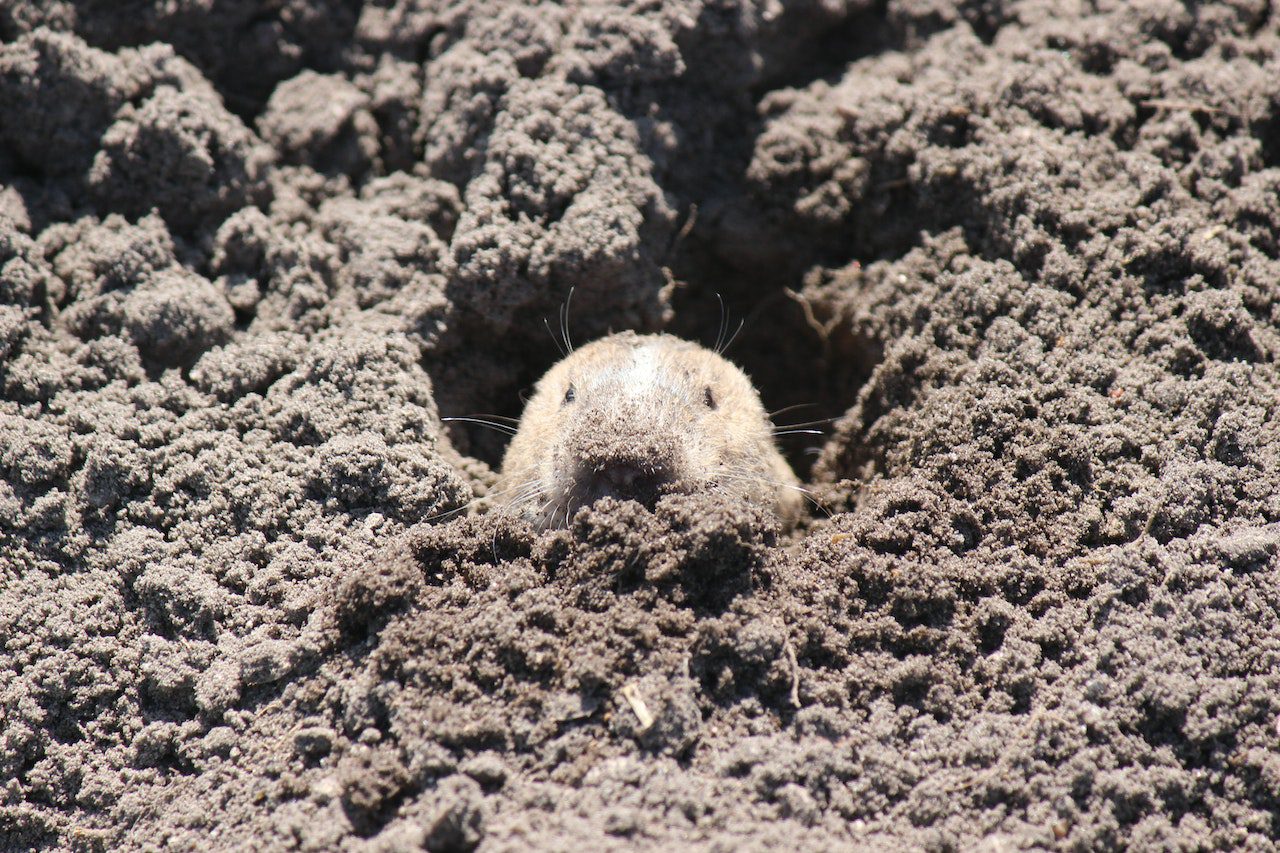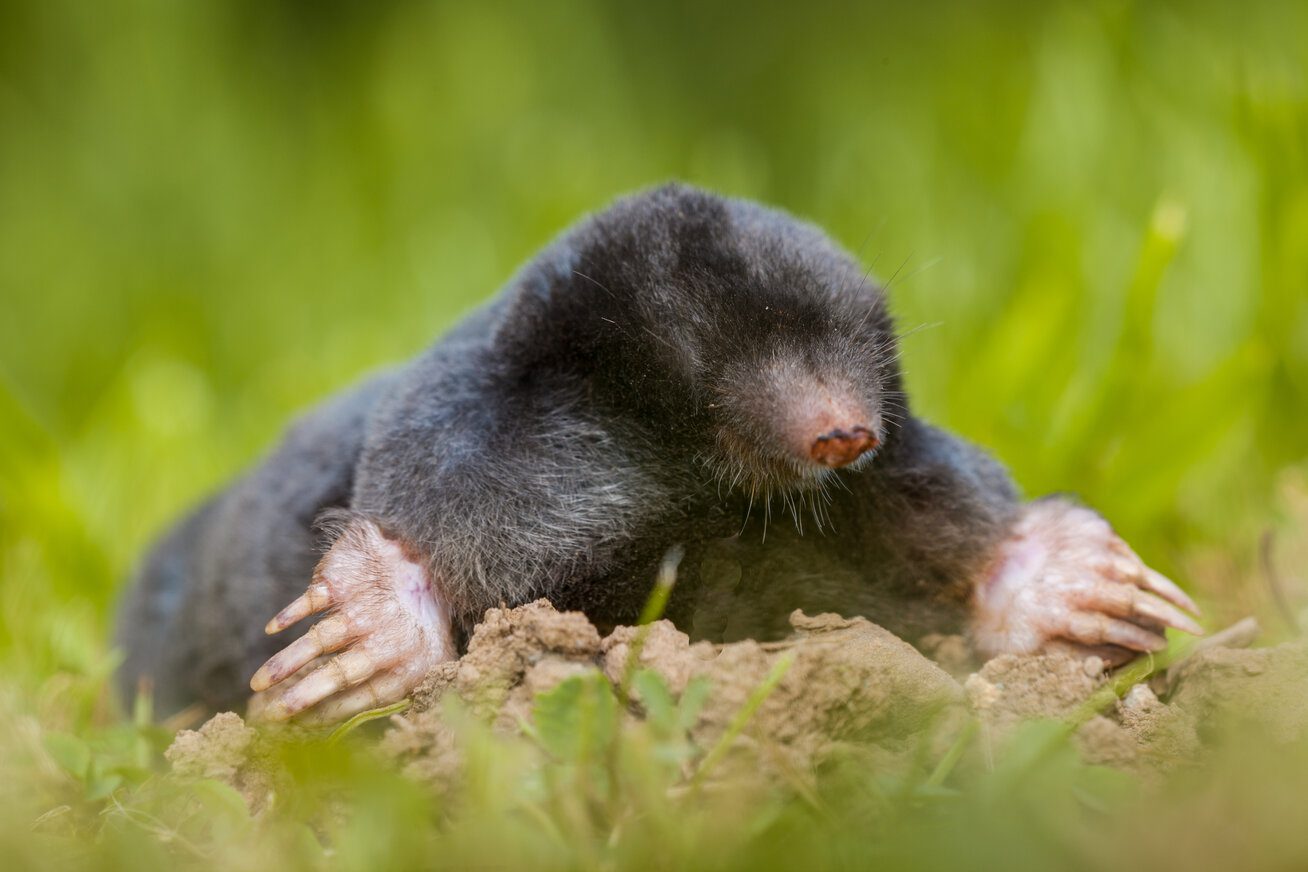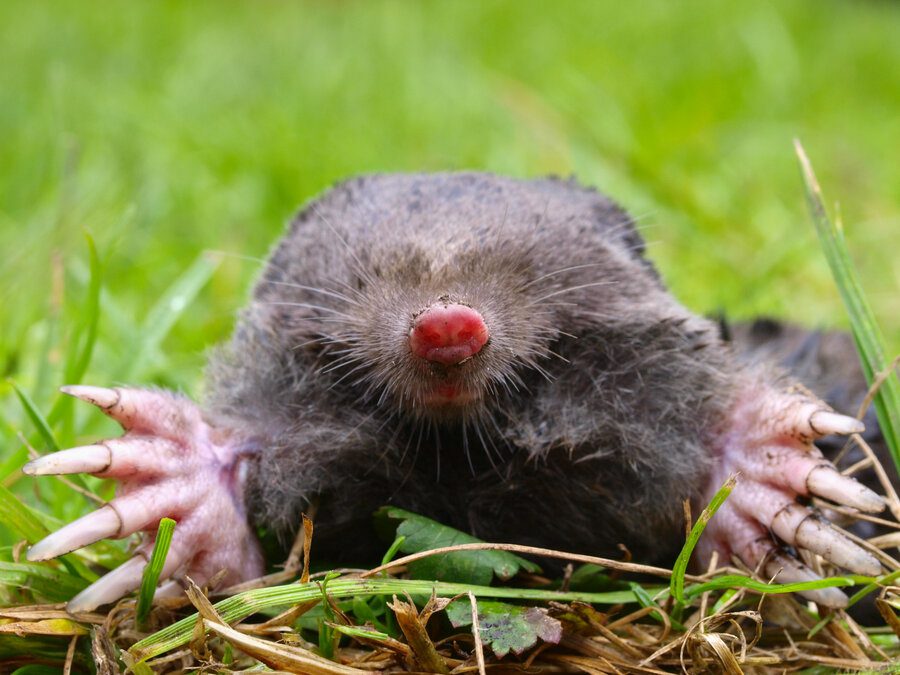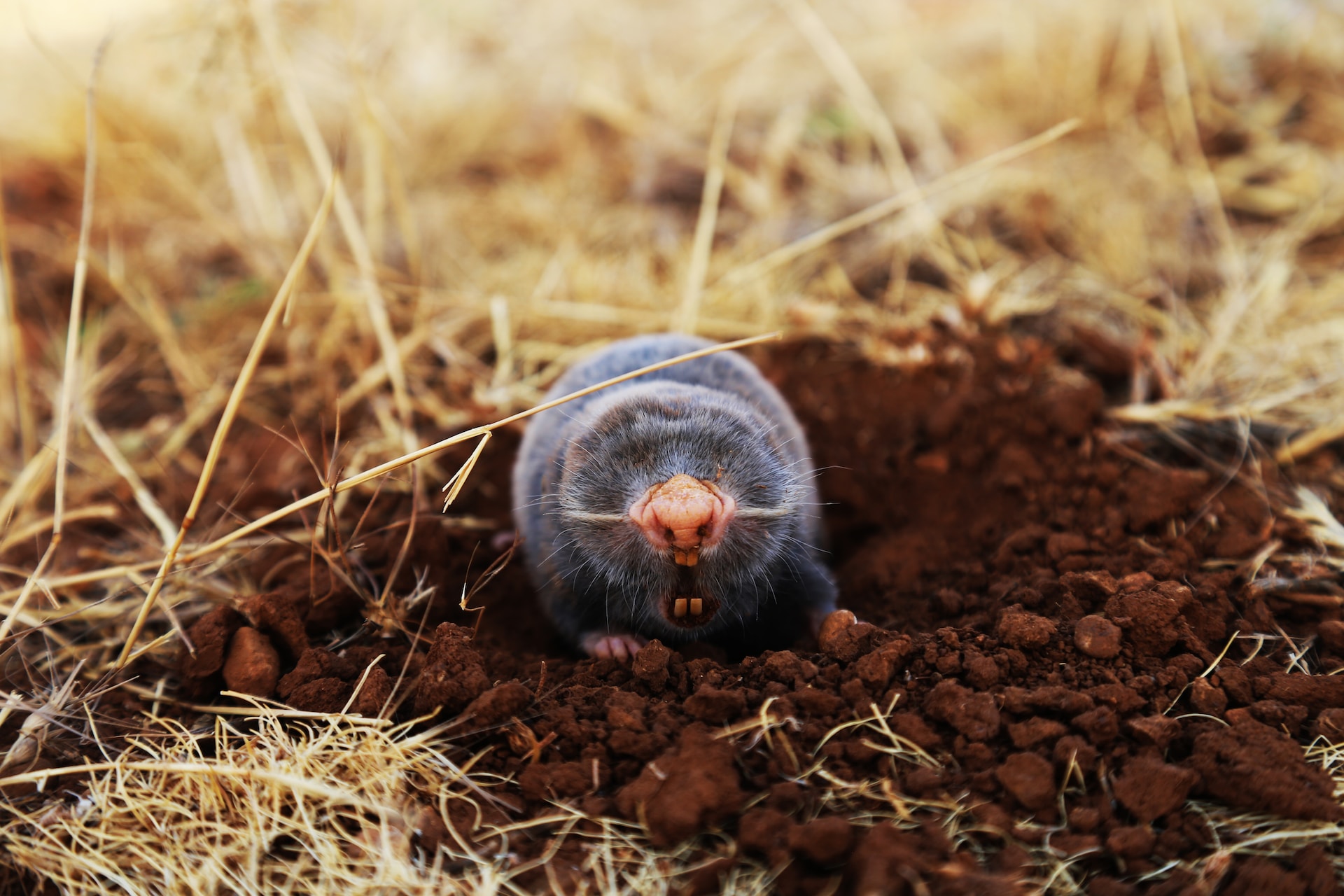Do you have a beautiful yard that you’ve worked hard to maintain? Do you love spending time outside, enjoying the sunshine and fresh air? If so, you may not realize that a hidden danger lurks just beneath your lawn’s surface. Moles are small, furry creatures that can wreak havoc on your yard, causing damage that can be costly and time-consuming to repair. In this article, we’ll explore the many dangers of moles in your yard and how to protect your property.
What Are Moles, and Why Are They Dangerous?
Moles are small, burrowing mammals known for their long, pointed snouts and powerful front legs. These animals spend most of their time underground, tunneling through the soil for food. While moles themselves aren’t necessarily dangerous, they can cause a lot of damage to your yard. As they tunnel through the soil, they can uproot plants, damage root systems, and create unsightly mounds of dirt on your lawn. Also, moles can attract other pests, such as voles and gophers, which may damage your yard.
How Do You Know If You Have a Mole Problem?
If you suspect you have moles in your yard, there are a few signs to look out for. First, you may notice raised mounds of dirt on your lawn. These mounds are created as moles tunnel through the soil, pushing dirt to the surface. You may also see ridges or raised areas on your lawn caused by moles tunneling just below the surface. Finally, you may notice that your plants are uprooted or damaged, as moles may feed on the roots of plants as they tunnel through the soil.
Dangers of Moles to Your Yard and Property
Moles can cause a variety of problems for your yard and property. First and foremost, they can damage the root systems of plants, causing them to wither and die. This can be especially problematic for trees and shrubs, which may take years to recover from mole damage fully. Additionally, moles can create unsightly mounds of dirt on your lawn, which can be difficult to repair. Finally, moles can attract other pests, such as voles and gophers, which may damage your yard and property.
How to Prevent Moles from Invading Your Yard
If you want to protect your yard from moles, there are a few steps you can take:
- Use physical barriers, such as wire mesh or hardware cloth, to prevent moles from tunneling into your yard.
- You can try to make your yard less attractive to moles by removing their food sources, such as grubs and earthworms.
- You can use natural repellents, such as castor oil or garlic, to deter moles from your yard.
When to Call a Professional Mole Trapping Service
If you’ve tried all these methods and are still struggling with a mole problem, it may be time to call the professionals. A professional mole trapping service will have the tools and expertise to safely and effectively remove moles from your yard. Additionally, a professional service can help you identify any underlying issues that may attract moles to your yard and provide recommendations for long-term mole prevention.
Protect Your Yard with Professional Mole Trapping Services
If you’re concerned about the dangers of having moles in your yard, don’t wait to take action. You can protect your property and keep your lawn looking beautiful by taking steps to prevent moles from invading your yard and working with a professional mole-trapping service. So why wait?
Trap Your Moles are the best mole-trapping pros in the Cincinnati, Dayton, Springfield, Indiana, Wilmington, and Northern KY areas. If you’re looking for the best mole trapping pros in Dayton, we can help you! Call us today for a free consultation!

